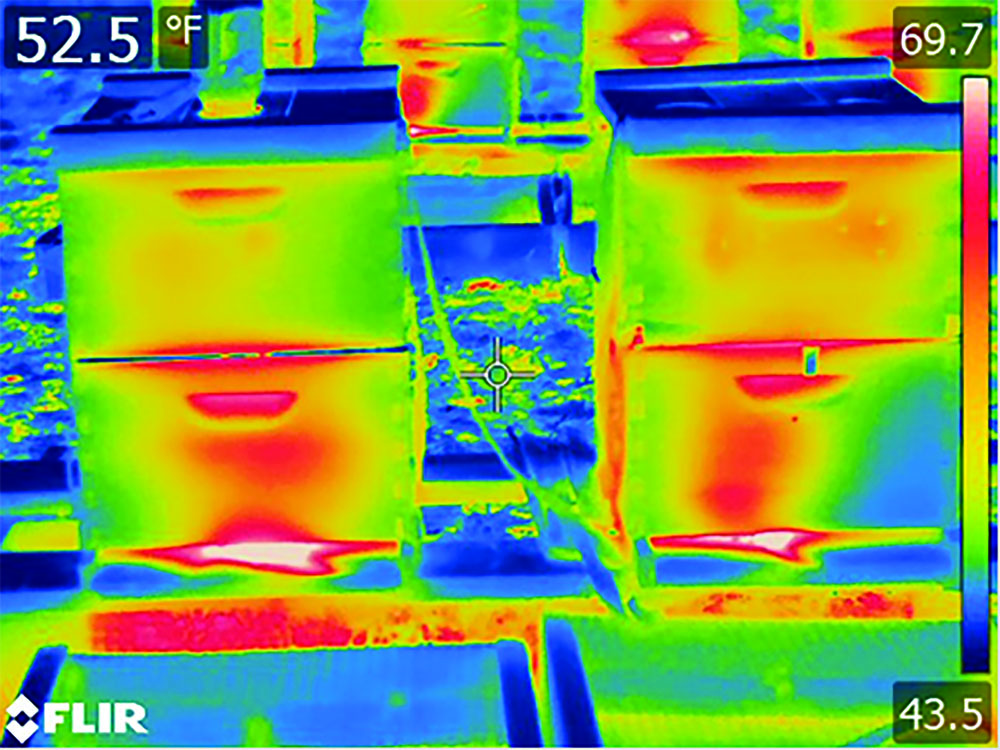
Originally Posted by
fatshark

You can either add an IR filter or modify a digital SLR to take IR photos (by taking _out_ the filter that usually cuts out IR). The former is easier and much cheaper (about £30 for a filter) but I've no idea whether it's sensitive enough to get the sort of information shown in the pic posted by Gavin.
There think there was a comment on the BKF recently about using a handheld IR thermometer pointed at the crownboard to determine whether the queen was laying (or the colony was brooding, can't remember which) during winter inspections. I seem to remember that 16oC was mentioned but can't remember where I saw it (probably on a "should I treat with OA now thread").








 Reply With Quote
Reply With Quote





Bookmarks